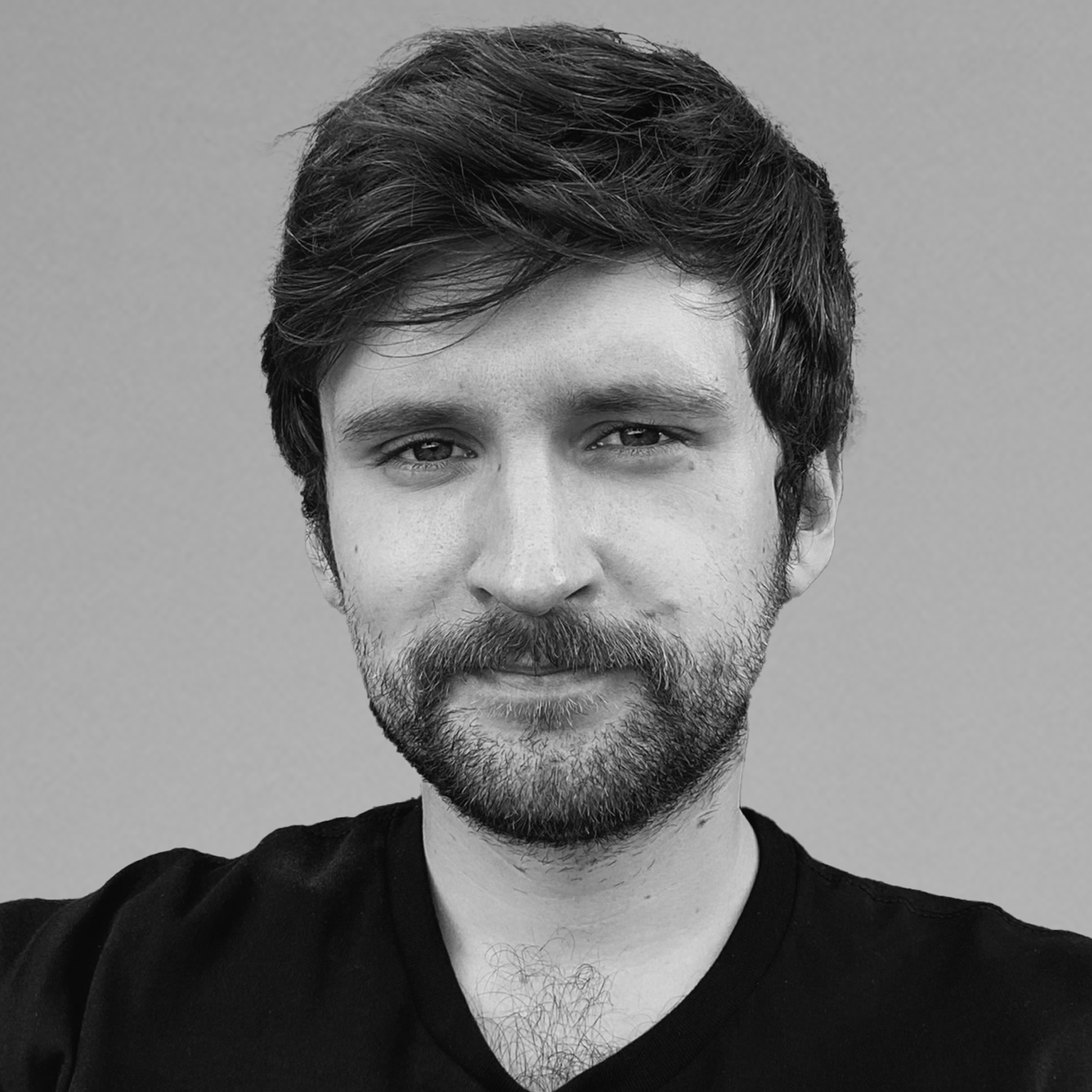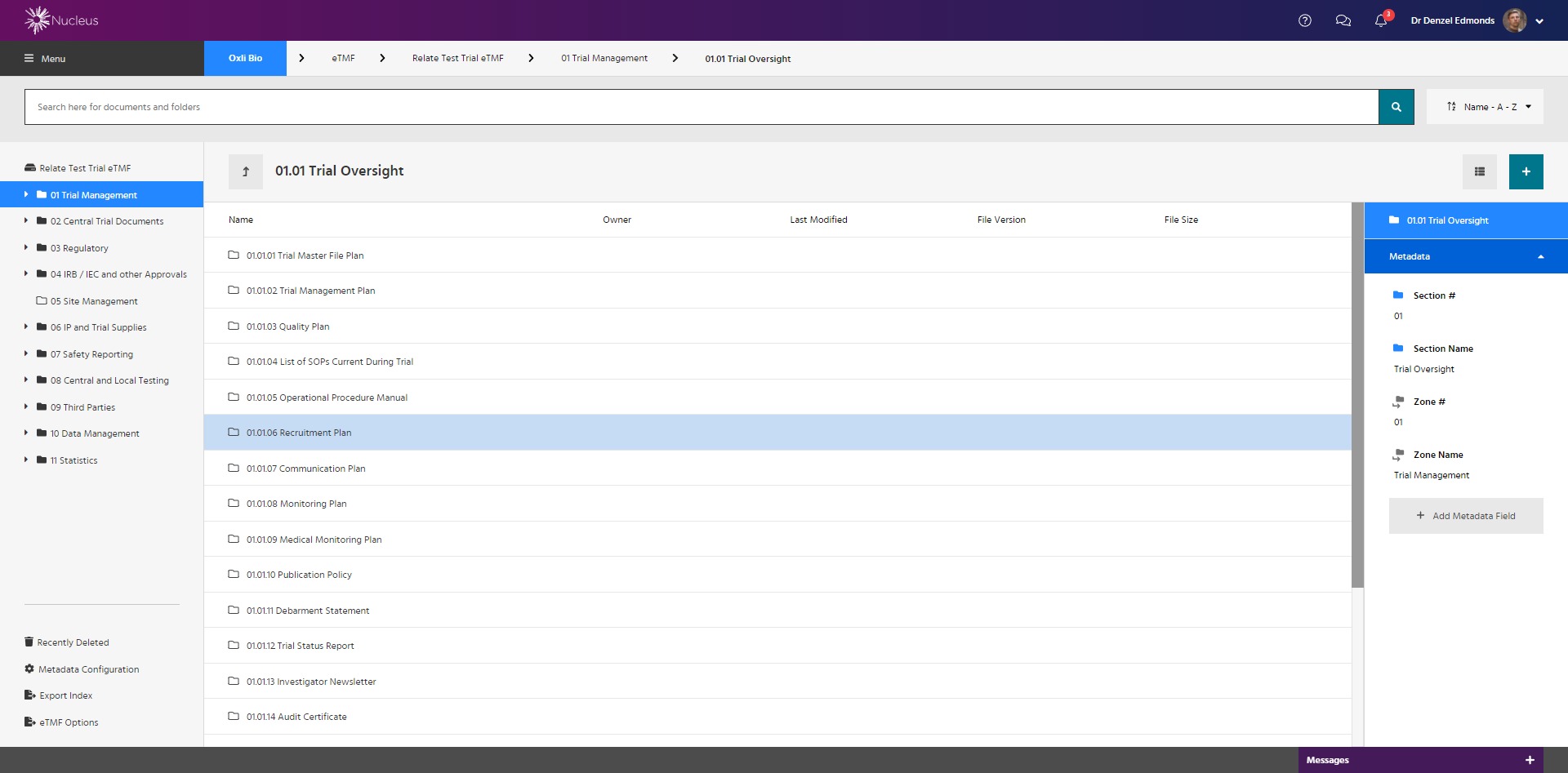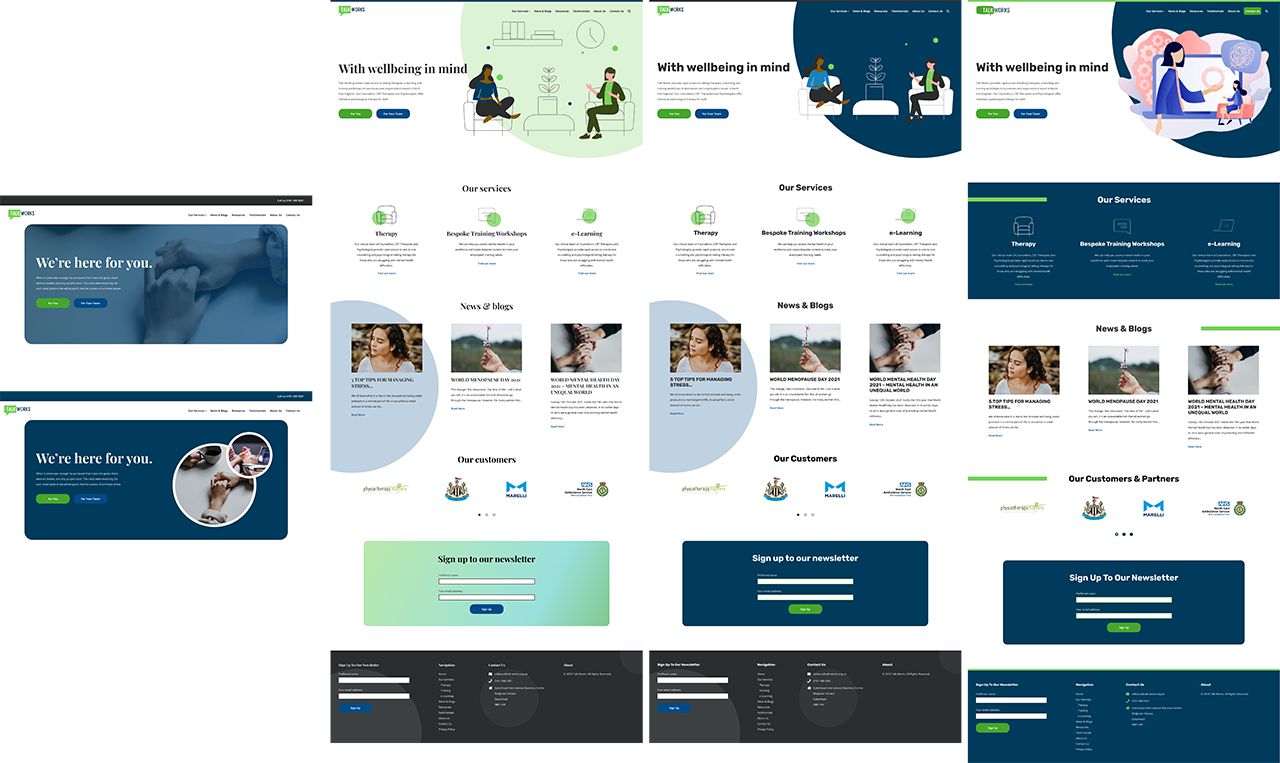
Liam Richardson
Senior UX Designer
I am a creative, forward-thinking senior UX designer with a speciality in transforming large-scale software into beautiful experiences that users love. Since beginning my career in 2013 I have implemented rock-solid user experience workflows into small to medium-sized development teams that have tangibly improved their products for the better, increasing retention and user satisfaction without interfering with pre-existing workflows or strict deadlines. I am looking for my next challenge and am seeking a team that shares my enthusiasm for software design.

